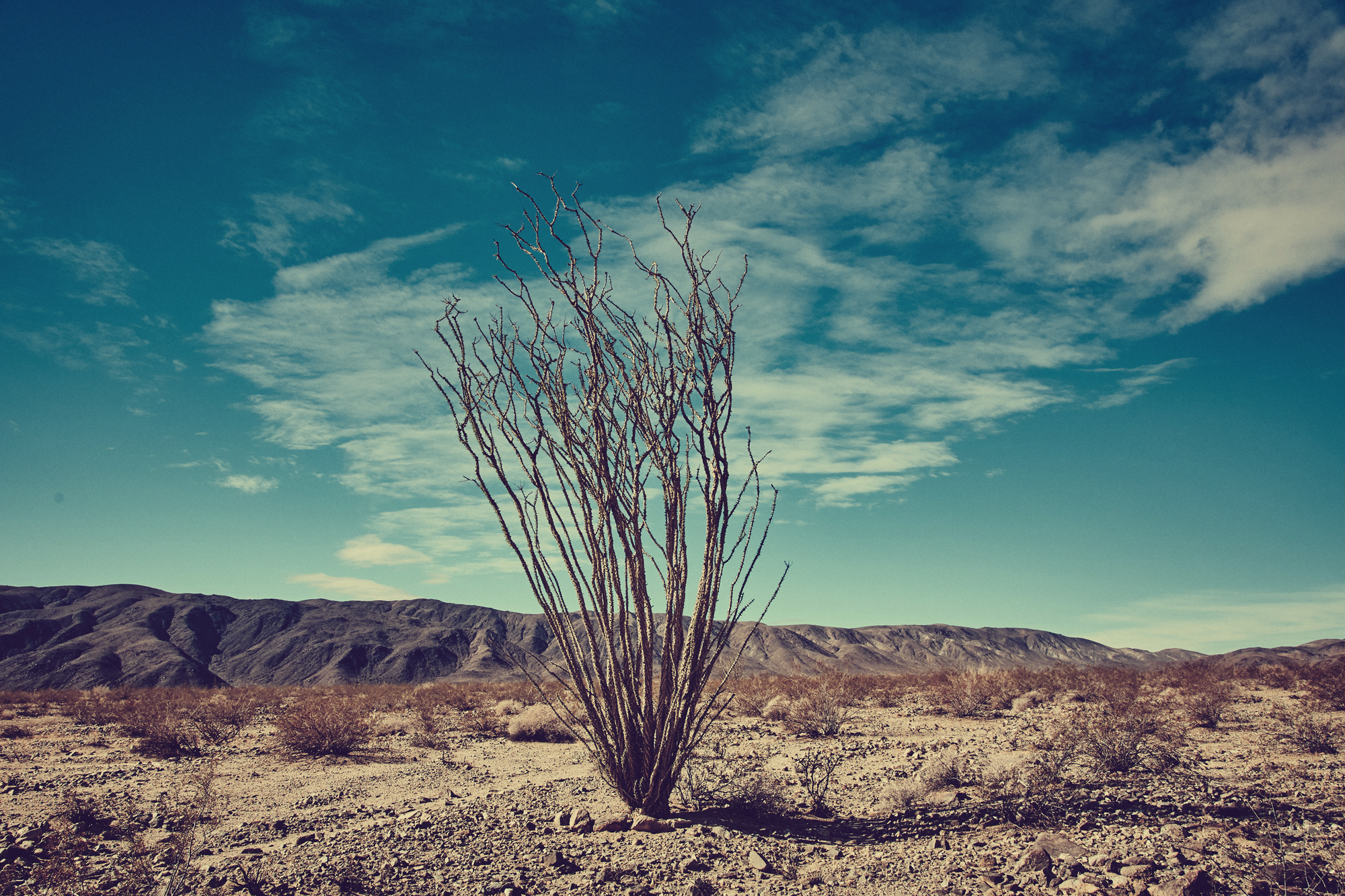Slowing Climate Change through Biochar
Biochar is a cheap, efficient method that can store carbon in solid form for thousands of years. Our process works best with woodchip - a by product of the wood industry. Left on it’s own, woodchip would be broken down by microbes and ultimately release it’s carbon back into the atmosphere as carbon dioxide. By turning woodchip into Biochar it is transformed in a way that makes it biologically inert, meaning it can last in soil for thousands of years, and even longer on its own.
In comparison to carbon offsetting through forest plantations:
Biochar is more carbon dense than wood, meaning more carbon is stored in the same volume.
Biochar lasts much longer, meaning that when you sequester a tonne of Biochar, you know that it will stay out of the atmosphere for good.
Forest plantations only capture carbon while the trees are growing, after that they keep requiring maintenance, often in regions where the land is desirable for other purposes; by creating Biochar, we allow the forest to be harvested and replanted while providing efficient net-negative carbon emissions.
Biochar sequestering is a very measurable process, in comparison to estimating the volume of a forest, we can accurately weigh the amount of biochar we are producing. So when we say we have sequestered 1 tonne of carbon dioxide equivalent (CO2e) on your behalf - you know that we have done exactly that.

Goal One
Our top priority is finding a suitable storage and production site. We are searching for a disused open top quarry. We intend to store the biochar in water, so a quarry that is fully enclosed and able to hold water would be ideal.
Goal Two
Before we can invest in equipment we need to be sure we have a complete supply chain. This means we need woodchip suppliers lined up and ready to provide large quantities of woodchip. We also need industry partners and private individuals ready and willing to purchase our carbon capture credits.
Goal Three
Once we have everything lined up: we can order our equipment, build our production line and get to saving the environment. We aim for roughly 3 tonnes per hour CO2e at our initial scale, doubling production after two years. From there we will begin to explore using alternative sources of biomass to woodchip, while we keep scaling the core business.
